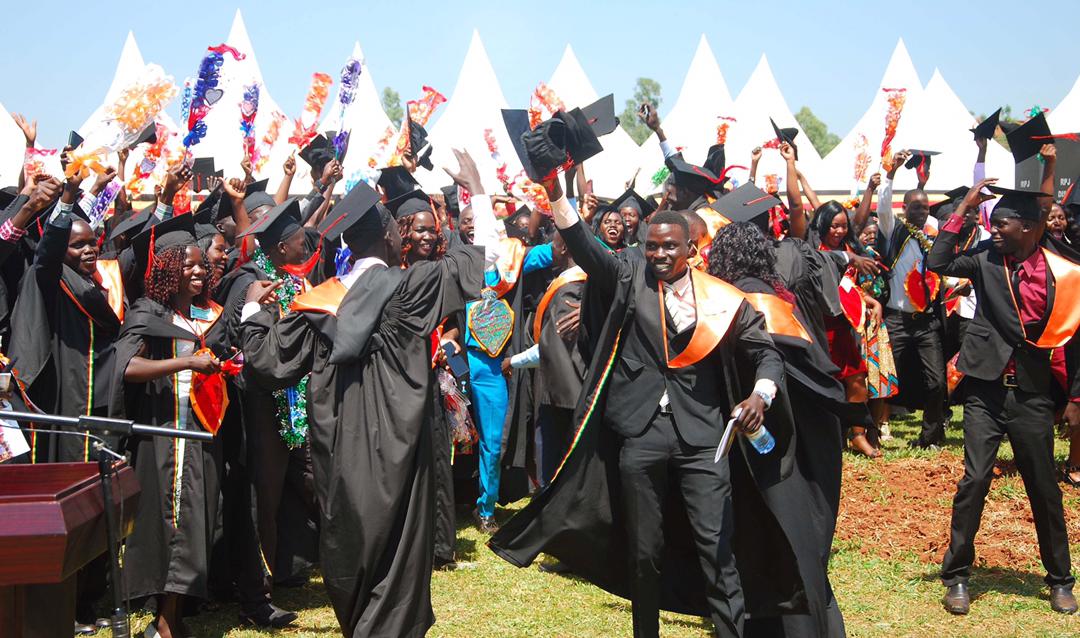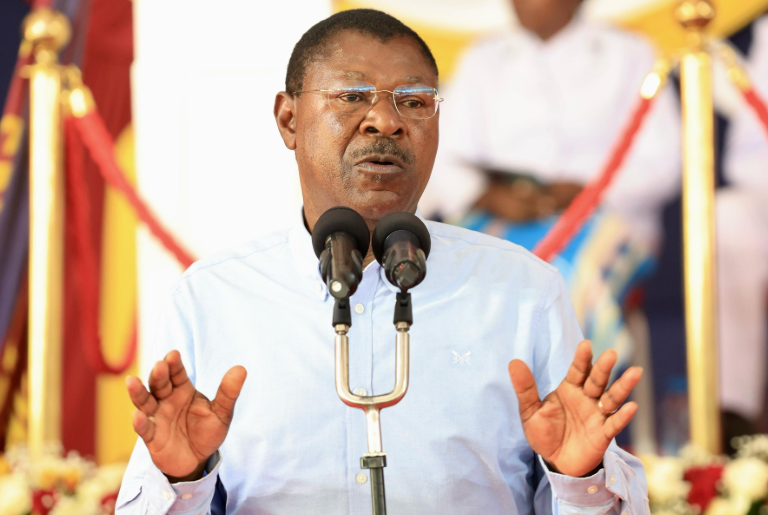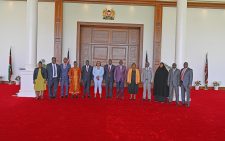Needy students prioritised in new varsity, Tvet funding model

The Government has finally announced the new funding model for universities and TVET institutions, which now paves way for placement of the 2022 Kenya Certificate of Secondary Education (KCSE) candidates.
President William Ruto yesterday said the government has resolved that university funding will henceforth be student centred and apportioned to individual students according to their level of need.
Ruto, however, said the new funding model does not increase the fees.
“Universities and TVETS will no longer receive block funding in form of capitation based on a Differentiated Unit Cost. Funding to students will combine scholarships, loans and household contributions on a graduated scale, scientifically determined by a Means Testing Instrument (MTI),” said the President in a press conference held at State House.
The President said students will be categorised according to four levels of need namely vulnerable, extremely needy, needy and less needy and all students will be supported adequately to meet the cost of the programme they choose to pursue.
He said no student will ever be left behind, adding that starting the 2023/24 academic year, the process of placing students to universities and TVETS will not be linked to funding.
He also explained that the government will fully fund the vulnerable and extremely needy students who comprise 29 per cent of those joining university and TVET’s in September.
State sponsorships
The funding will be through government scholarships, loans and bursaries.
For the first time ever, Ruto said that students whose households are at the bottom of the pyramid will enjoy equal opportunity in accessing university and TVET education.
Their households will not make any contribution towards the education of their children.
Students from needy households joining universities will receive government scholarships of up to a maximum of 53 per cent and loans of up to 40 per cent while their households will only pay for seven per cent of the cost of their university Education. Those joining TVETS will receive government scholarships up to a maximum of 50 per cent and 30 per cent in loans while their households will pay 20 per cent of the costs.
The President also stated that the less needy students joining university are to be funded through a government scholarship of up to a maximum of 38 per cent of the cost of the programme and 55 per cent in form of loans while their households will pay only seven per cent.
For those joining TVETS, they will be funded 32 per cent for government scholarship, 48 per cent for loans and their households will pay 20 per cent of the costs.
“Universities will be required to declare and publicize the actual cost of their programmes. No public university will levy additional charges or raise its fees without the approval of the University Funding Board,” the President directed.
KUCCPS will therefore open its portal for placement of 2022 students in a week, after the universities have declared cost of their programmes.
Similarly, students in private universities will qualify for loans but not for Government scholarships.
To weed out fraudsters in students’ category of funding, the President said that the MTI will be adopted, with the President saying that this is a tested method, which has a linkage with Kenya Revenue Authority (KRA), Registrar of Persons and local priests and chiefs will be required to sign for students.
Budget allocation
Students who are eligible will apply for government scholarships, loans and bursaries, as well as complementary funding from other sources, such as county governments, the National Government Constituency Development Fund and private companies.
The University Funding Board will be expected to share information with students on available sources of funding through its portal and streamline the application process.
Ruto also announced new allocations for universities education, an increase from the Sh54 billion allocated this Financial Year 2022/23, comprising Sh44 billion in budget allocation and Sh10 billion in Higher Education Loans Board (HELB).
In the next financial year, 2023/2024, he said the Government has increased the budget allocation to Sh53 billion and HELB loans to Sh31.6 billion, for a total allocation of Sh84.6 billion, an increase of 56 per cent.
“This translates to an increase of funding per student from Sh52,000 to Sh208,000, an increase of 37 per student. The cost of training TVET students will be Sh67,189 per year per trainee down from Sh71,420 for the new intake of May,” said the President.
He added: The new model of funding higher education, to be implemented effective this academic year 2023/24, will commence with the new cohort of 173,127 students joining universities and 145,325 joining TVETS.”
All continuing government-sponsored students will be supported in line with the previous existing funding model.
With the new funding model, universities and TVETS will be motivated to raise additional resources and to enhance the quality of education so as to attract more students.
“Most of the universities are sagging under a heavy burden of huge debts arising from unpaid staff salaries, unremitted statutory deductions, pension, sacco dues, bank loans and unpaid suppliers. In total, universities are indebted to the tune of Sh60.2 billion, a figure that continues to grow monthly,” said the President
He said the current fees of Sh16,000 that students are paying was agreed upon 34 years ago and has remained the same.
“We are aware we have huge serious crisis in the funding of institutions of higher learning and are struggling they have court cases and cannot pay their lecturers and statistics show that the Sh54 billion that we budget for university education is less than 50 per cent of the requirements of universities to carry out the curriculum being taught,” he explained.
Funding streams
As a result, Ruto said universities have been forced to ‘cut corners’ and look for alternative ways to get students taught.
Overall, he said there will be four funding streams to ensure the sustainability of universities and TVETS.
These include student-centred funding; research funding, capital infrastructure grants and fee-for-services, such as consultancy.
“Having developed an elaborate framework on student-centred funding, we shall turn our attention to the other three funding options. The Cabinet Secretary for Education shall take immediate action to operationalise the new funding models,” directed Ruto.









